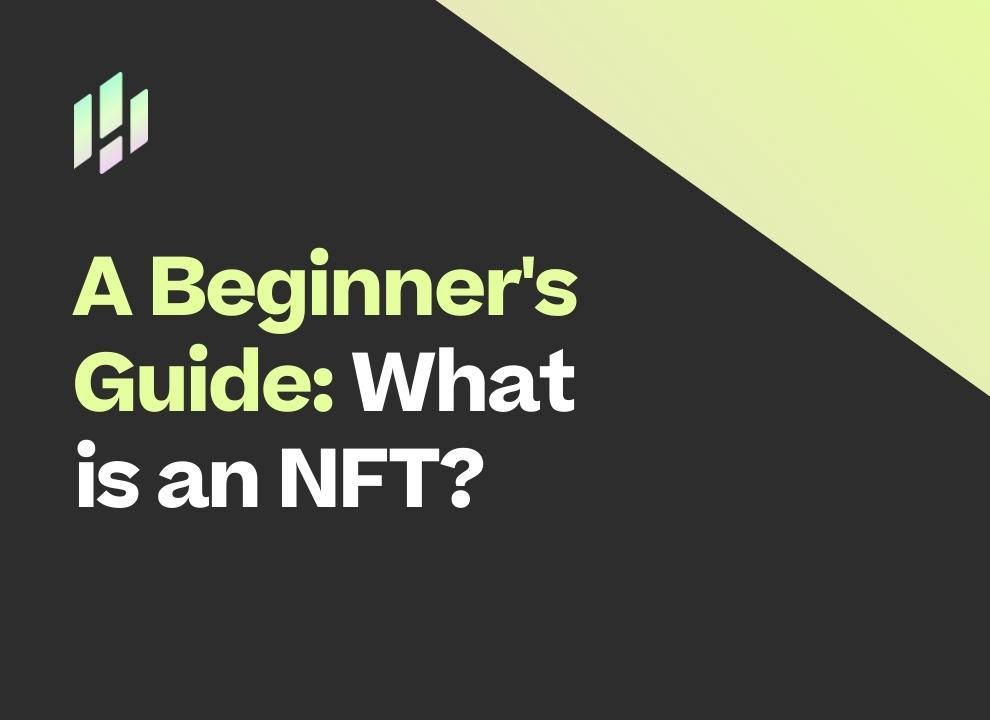What is an NFT? A Beginner’s Guide
Published Oct 21, 2021
So how exactly do NFTs work?
NFTs are blockchain-based, similar to bitcoin, meaning with every purchase of an NFT, the purchaser attains a proof of ownership, which is stored over a collection of computers in blocks. The blocks are chained together in chronological order to give a history of ownership that can be traced all the way back to the original creator.
Where bitcoin is the digital answer to currency, NFTs are the digital answer to art collecting. Digital artworks become “tokenised” and minted to create certificates of ownership, which anyone can then buy and sell. As the blockchain can’t be tampered with or forged, this is a secure proof of your ownership of the digital works. ‘Smart contracts’ are also a part of blockchain technology whereby a digital contract can provide artists with royalties every time an NFT they’ve created gets re-sold.
Each NFT also incurs a ‘gas fee’, which is related to the amount of computational power needed to process the blockchain transaction and this fee can fluctuate depending on the time of day.
Where are NFTs stored?
NFTs are stored in digital wallets, like cryptocurrencies, which need to be NFT-compatible. You can easily set up your Hyprr wallet in the ‘Wallet’ section of the menu to get started.
Glossary of terms:
Non-fungible: Non-fungible items are those that are individual and non-interchangeable, with a value tied to their uniqueness. In the case of fungible goods, you could trade any £5 note with another £5 note and they have the exact same value. However, if you were to walk into the Louvre and attempted to trade the Mona Lisa for a copy you’d painted of it, no matter how visually identical, you will find yourself in the back of a police car. This is because as a non-fungible item, the value comes from the fact that it’s the original piece, and is essentially irreplaceable.
Blockchain: A form of database that acts as a digital ledger whereby, through a series of individual blocks, transactions are irreversibly recorded and chained together. Each block in the chain is given a timestamp from when it was added to the chain, making the blockchain inherently a timeline for data.
NFT Wallet: A digital wallet that stores your NFTs by holding the information regarding the location of your assets in the blockchain.
Minting: Just as metal coins get minted before being added into circulation, cryptocurrency gets ‘minted’ after creation. NFTs are also ‘minted’ in order to be added to the blockchain.
NFT Gas: Similar to processing fees when completing an online transaction, NFTs use computational power, which incurs a ‘gas fee’ and must be paid to process the transaction on the blockchain. Gas fees fluctuate and depend on the computational power needed to execute the transaction and the amount of traffic on the network at that time.
